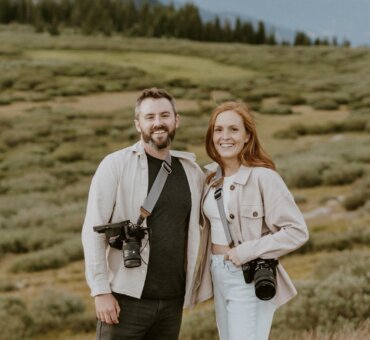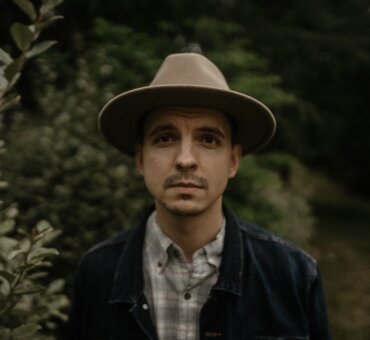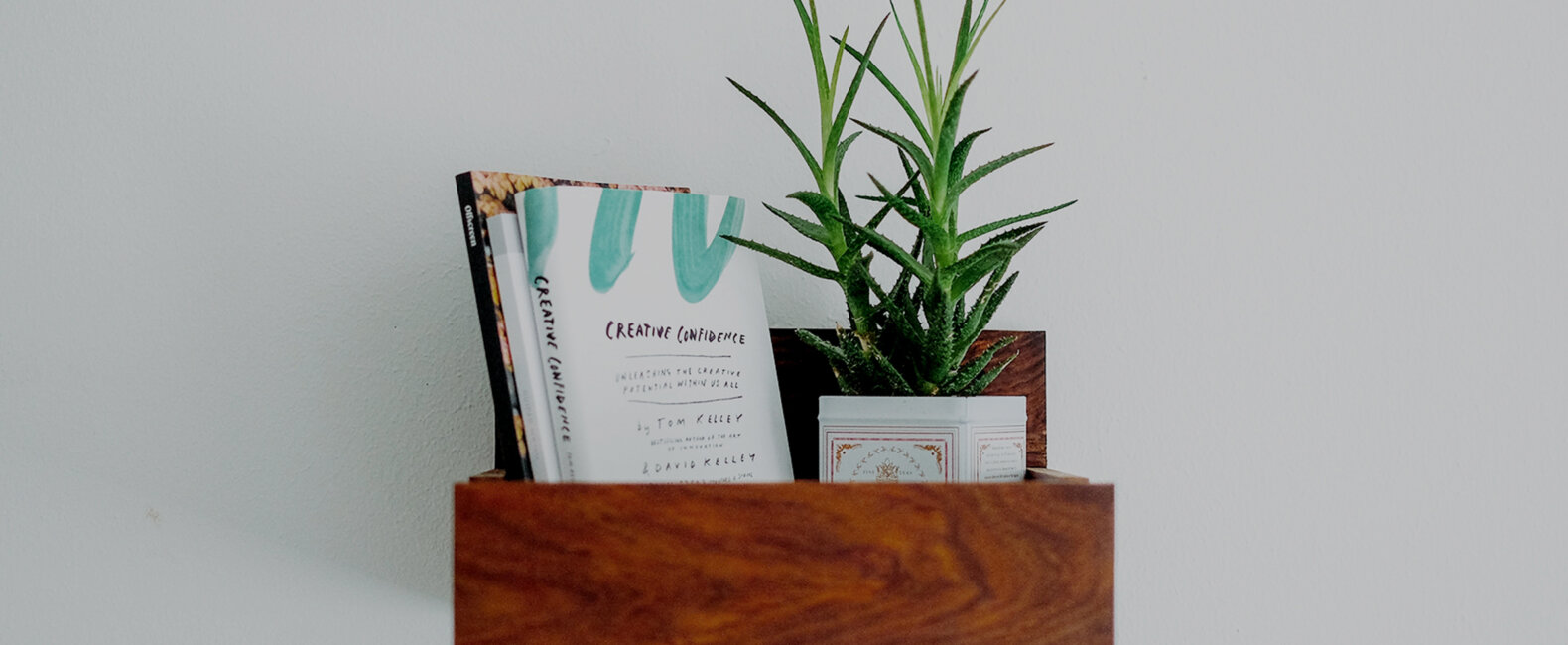Any act of creativity takes some amount of audacity. Films more than most. You have to believe your vision is worth bringing to life — that it’s worth investing in, producing, and being seen by as many people as possible. That takes confidence. And in various seasons of life, our confidence comes and goes. When it goes, it can be devastating. You may wonder if you’ll ever create anything good again. Or anything at all.
In their book Creative Confidence, Tom and David Kelley (the brothers behind creativity powerhouse IDEO) lay out a strategy to help people from all walks of life — but professional creatives in particular — overcome their creative anxiety and start doing their bravest work. We believe a lot of their ideas apply to filmmakers as well, particularly when it comes to fear.

Learning from failure is far more educational than learning from success. Failure forces you to re-examine your craft, refine your vision, improve.
FEAR IS NOTHING TO FEAR
People have all kinds of phobias. Snakes. Spiders. Airplanes. You name it. Most creative people share a common phobia as well: failure. More than anything else, the fear of failure keeps us from finding our creative confidence and producing our best work. If your creative confidence is waning, it might just be that your fear of failure has gotten out of hand.
To understand how people might overcome this fear of failure, the Kelleys talked to renowned psychologist Albert Bandura. It turns out the answer is simple: You overcome your fear by facing it a small bit at a time. Get closer and closer to a snake, and pretty soon you realize it’s not the evil creature you thought it was. It’s just a snake.
Same with failure.
The Kelleys: “In our experience, one of the scariest snakes in the room is the fear of failure, which manifests itself in such ways as fear of being judged, fear of getting started, fear of the unknown. And while much has been said about the fear of failure, it still is the single biggest obstacle people face to creative success.”
Maybe the reason we fear failure so much is because we’re terrified about what it says about us if we do fail. Does it mean we aren’t as talented as we’d hoped? Does it mean our genius has left us? Hardly. “Creative geniuses, from artists like Mozart to scientists like Darwin, are quite prolific when it comes to failure,” the Kelleys write, “they just don’t let that stop them.” And then further: “Their ultimate ‘strokes of genius’ don’t come about because they succeed more often than other people — they just do more, period.”
So what does failure say about you? Pretty much nothing. The thing we’ve been so afraid of is not only harmless, but it can actually be incredibly instructive. Learning from failure is far more educational than learning from success. Failure forces you to re-examine your craft, refine your vision, improve. It’s okay to fail. And it’s okay to fail often. “Edison maintained that the ‘real measure of success is the number of experiments that can be crowded into twenty-four hours.’” If you’ve found yourself immobilized by creative insecurity, try this: make a lot of stuff. Make it very quickly. And don’t be afraid: It’s just a snake.

It’s especially tempting to hide failure these days when we can so easily curate our own public image.
OWN YOUR FAILURES
We were taught early on to be ashamed of our failures. To cover them up. That Kickstarter campaign that didn’t hit its goal? That rejected screenplay? Forget about them!we tell ourselves. Move on! Shhhhhh! This might be good advice, except the more we hide our failures, the more shame we associate with them. The more power we give them. “Acknowledging mistakes is also important for moving on,” the Kelleys write. “In doing so, you not only sidestep the psychological pitfalls of cover-up, rationalization, and guilt; you may also find that you enhance your own brand through your honesty, candor, and humility.”
It’s especially tempting to hide failure these days when we can so easily curate our own public image. However, the more you’re willing to share your failures, the less they will matter to you. And, as an added bonus, the people around you will start to feel freer to share their failures too. Maybe if enough people stop being ashamed of their failures, failure will stop being so shameful.
STOP COMPARING. JUST STOP IT.
Nothing creates creative insecurity faster than comparing yourself to others. Sure, there’s the old cliché about not comparing your “behind-the-scenes footage” to other people’s “highlight reels.” But that doesn’t capture all of it. The truth is, you will never be very good at doing anyone’s work but your own. It will kill you to try. And that’s why comparison will never be a useful gauge of your success. Our job as creative people is to get better at being ourselves. At doing our work. Nobody else’s. Or, like the Kelleys say, “If you are concerned about conforming or about how you measure up to others’ successes, you won’t perform the risk taking and trailblazing inherent in creative endeavors.”
Here’s a quick way to stop comparing yourself to others: Unfollow the people who are bringing you down. You know the ones. That person who appears to be nonstop successful. That person who unintentionally makes you hate yourself every time you read her latest post. Do yourself a favor and unfollow them for a while. Mute them. Clear your head.

Some of the joy of creating comes from it being a frightening, vulnerable endeavor.
MOVE FROM FEAR TO JOY
The most frightening experiences often become the most rewarding. Some of the joy of creating comes from it being a frightening, vulnerable endeavor. In fact, if there isn’t a twinge of fear in the act of creation, it might not be worth doing in the first place. But the trick is to not let the twinge turn into a monster — to not let the fear keep you from creating. Cultivate the joy. Starve the fear.
The Kelleys, for the last time: “What matters most in the end, though, is this: your belief in your capacity to create positive change and the courage to take action. Creativity, far from requiring rare gifts and skills, depends on what you believe you can do with the talents and skills you already have.”

















































































